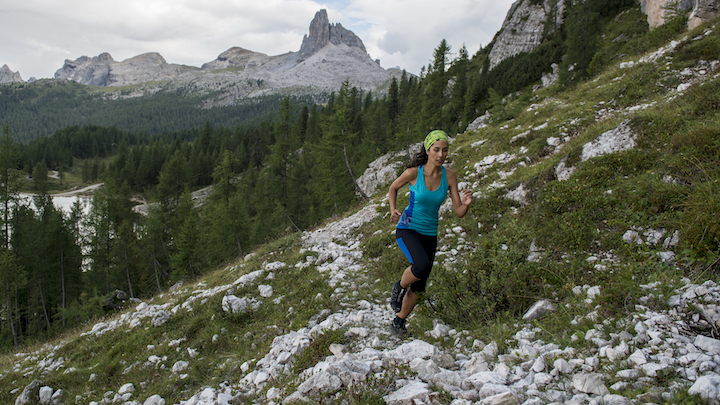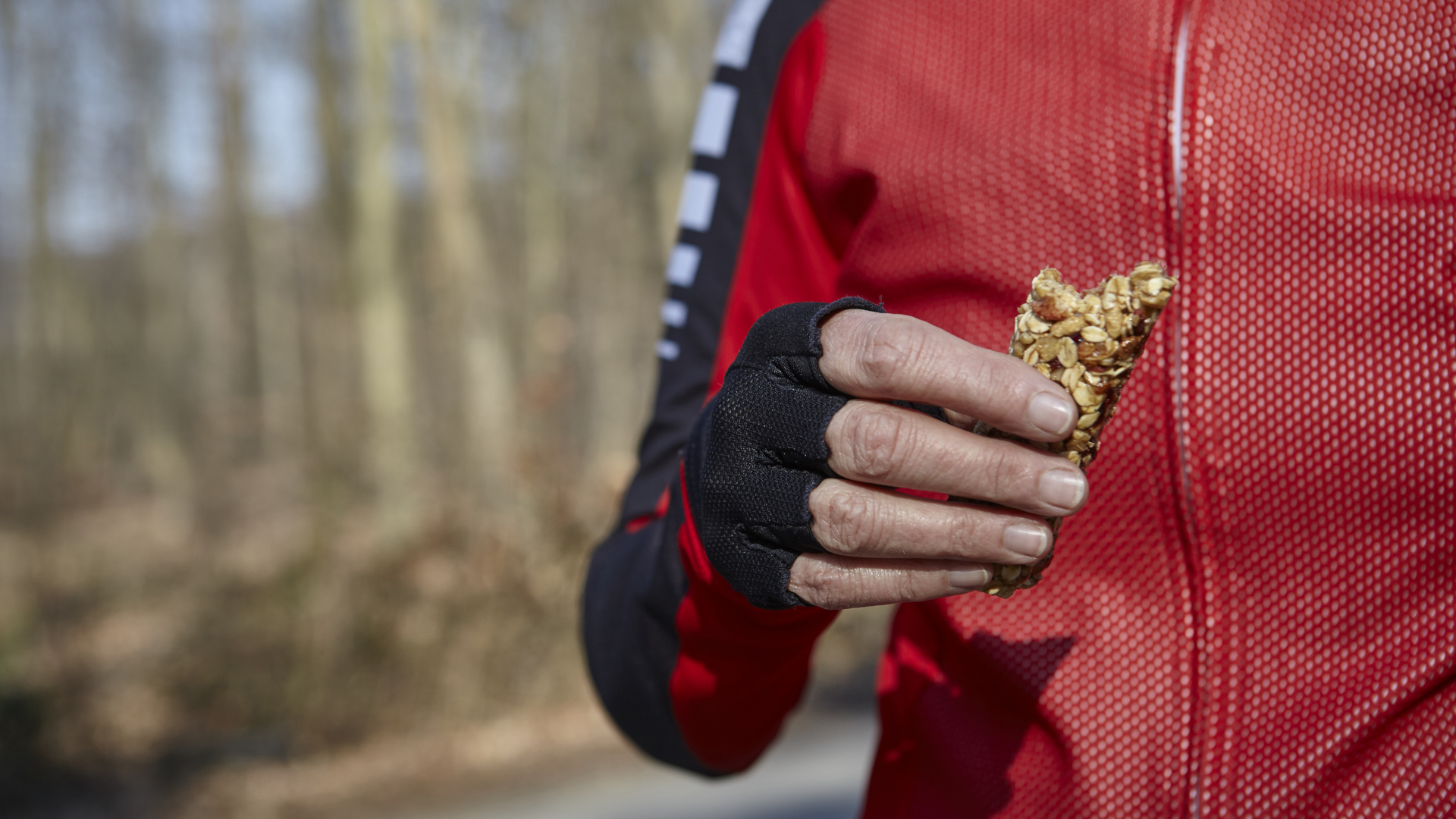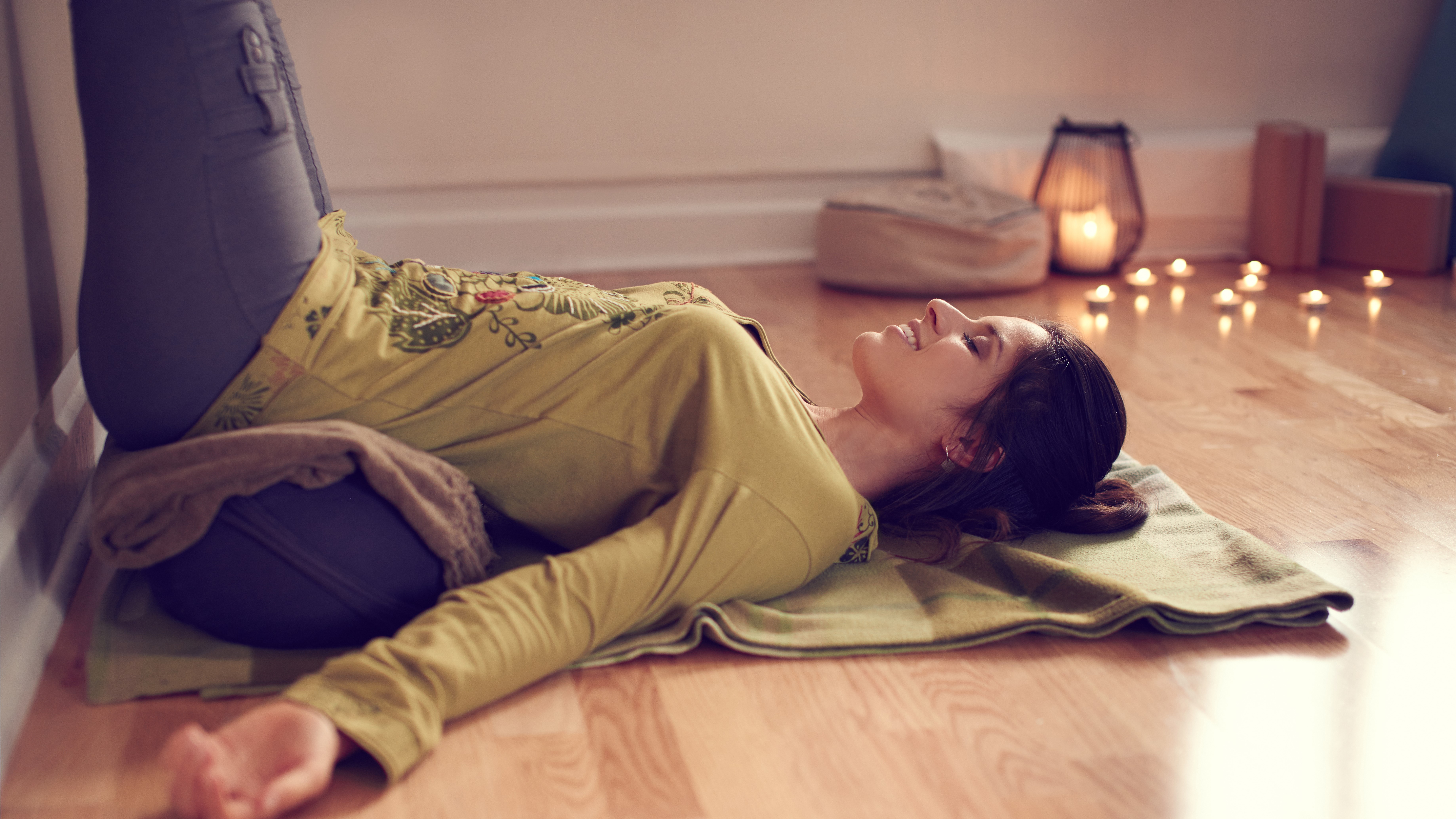Are you in the RED-S? Understanding energy deficiency in athletes
We hear from a leading sports dietitian on the prevalence and symptoms of chronic low energy availability, and what you can do to make longevity a priority

Training in endurance sports, as we know, isn’t just about the miles you put in wearing your trail running shoes or on the bike. Maintaining and improving your performance requires a careful balance of hours spent on the trail, recovery, cross training and nutrition.
It can seem like you’re doing everything right, following your training plan to a T, weighing your food and balancing your electrolytes, yet you’re frustrated because you’re still not seeing the gains you’d expect. Maybe you’re plagued by frequent niggles or colds that curtail your training load, feeling more post-workout soreness than normal or even seeing changes to your menstrual cycle.
When dietician Renee McGregor started working with athletes, she noticed symptoms like these were high amongst endurance athletes – and worryingly, they reminded her of her work with eating disorder patients 20 years ago.
It turns out she wasn’t wrong – the majority of athletes probably are training undernourished (something your GPS watch can’t pick up on), and experiencing low energy availability as a result, meaning their dietary intake is insufficient to sustain physiological function after subtracting the energetic cost of exercise.
“We don’t appreciate just how much energy it takes just to be human, let alone go and climb crags or go running for 360k or even just do your parkrun,” says McGregor, who learned firsthand the sheer amount of energy required for life when she worked with burns patients, who expend huge amounts of energy just healing.
Today, McGregor is a successful ultrarunner sponsored by Montane and leading sports and eating disorder specialist dietitian who has worked with Olympic and Paralympic teams as well as professional ballet, gymnastics and football teams in the UK. She explains that operating in a chronic state of insufficient energy availability is a precursor to a condition called RED-S, and it’s something all athletes – recreational as well as elite – need to be aware of.

What is RED-S?
RED-S stands for Relative Energy Deficiency in Sport and it describes a syndrome of impaired health and declining performance that occurs when athletes get insufficient fuel from food to support the demands of their training and daily lives.
All the latest inspiration, tips and guides to help you plan your next Advnture!
The term was coined by the 2014 International Olympic Committee and advanced a medical phenomenon known as the female athlete triad, which describes three interrelated conditions (disordered eating, irregular menstruation and bone loss) according to Boston Children’s Hospital. The expanded definition examines the broader implications of chronic low energy availability and recognizes that any athlete can suffer the effects of RED-S, regardless of sex.
“It’s what happens when we don’t give our bodies enough fuel to do the work we’re asking it to do,” explains McGregor, who elaborates on this topic in her book More Fuel You.
In this case, the “work” includes all the training we do on trails or at the climbing wall, but she stresses that it also includes all the biological functions of simply being alive: digesting, breathing, thinking, functional movement, rebuilding muscle – all processes which require energy expenditure.
In an Australian study of elite and pre-elite female athletes, almost 80 per cent of participants aged 15 - 32 years reported at least one symptom consistent with RED-S, while nearly 40 per cent exhibited at least two symptoms, according to a 2022 article in Science Direct. Despite this prevalence, a 2022 study reveals that awareness of RED-S in the sporting community is lacking, and McGregor notes that while the ballet world has worked hard to combat RED-S through awareness, the running community still has a long way to go.

There are two different types of RED-S: intentional and unintentional. In unintentional RED-S, people fall into it entirely by accident and end up training on a diet that doesn't meet their nutritional and energy needs.
“They don’t appreciate how much fuel they need and their bodies slowly kind of start to fundamentally shut down,” explains McGregor, likening the effect to when you’ve been out all day on the trail and your phone battery goes into power saving mode, disabling certain functions or apps. The problem here is that the functions your body tends to shut down are essential ones.
“The human body prioritizes energy for movement, so we always have energy to do the movement bit, but then if there’s not enough energy left over for normal biological function, then it starts shutting down.”
When this happens, she says, it can present in lots of different ways, including recurring injuries and illness and more frequent Delayed Onset Muscle Soreness. You might experience digestive issues, because your body diverts energy away from digestion and in some cases, you could be prone to a more serious autoimmune response. Then there’s the possibility of hormonal changes, such as changes to your menstrual cycle, which can make RED-S both easier to spot in females, but also more difficult to diagnose if you’re taking hormonal contraception or perimenopausal.
Of course, as things progress, you’ll notice a shift in your performance, too.
“The biggest thing I find with unintentional RED-S is just people are just not performing at the level they’d expect to, given the work they’re putting in.”
Despite putting in the hours on the trail or at the gym, you’ll find that you’re not meeting your potential, so you may not get the muscle adaptation you’d expect from increasing load and generally you don’t get the progression in your performance you’d want from a training program.

Intentional RED-S is more complicated and problematic because it’s associated with disordered eating. The strong psychological component, combined with a high level of trainin,g means it doesn’t look like a typical eating disorder.
“With RED-S there are no physical signs. You don’t necessarily lose weight because you’re expending so much energy. What happens is your metabolism gets down-regulated so you actually hold onto more weight.”
McGregor stresses that though many of us might assume that RED-S is something that happens only to those elite athletes at the very peak of their game with everything to lose, research shows that 73 percent of recreational athletes are probably in low energy availability, the metabolic state which underpins RED-S.
“A lot of that is because of societal pressures, because of the beliefs we have, because of the public health messages we hear. People generally believe this message of ‘move more, eat less,’ but actually if you move more and you’re eating less and you’re creating too big a deficit, all the body will do is shut down.”
Whether you’re a runner or a rock climber, you might subscribe to the belief, as many of us do, that being lighter makes you faster and better at your sport, but McGregor warns that this approach is a false economy. You may not realize that you don’t just need energy for the big movements of your sport; you need it for those very fine motor neuron processes such as isometric movements. You know, the movements that make you a better athlete.

How do you overcome RED-S?
If you suspect you are suffering from RED-S, you should consult your doctor first and foremost. You’ll undergo blood tests to rule out other causes first, then you’ll be referred to a specialist like McGregor and the treatment approach will depend on individual factors as well as what type of RED-S you’re dealing with.
While intentional RED-S requires careful treatment for disordered eating, individuals with unintentional RED-S are easier to work with, according to McGregor, because there’s no psychological aspect to it. Typically, once the problem is diagnosed, you can simply come up with a plan and follow it.
“It’s not quite as simple as eat more and do less, like you often see on social media, but it’s a good starting point,” says McGregor, explaining that in addition to increasing your caloric intake, you may also have to reduce your training load for a short time to make up for the deficits your body has been experiencing.
“Low energy availability underpins it, but overtraining, not resting enough, not recovering enough, anything that causes stress to the nervous system is fundamentally problematic.”
The longer you’ve been in RED-S, the longer it takes to recover. True recovery from RED-S only begins when you have restored your energy availability, a process which McGregor likens to your bank account being overdrawn.
“When you're in RED-S, you’re in a very big overdraft and you have to not just get back to zero before you start spending, you have to get to zero, save money, and then you can go and buy the boots.”

How can you avoid RED-S?
A good first step in avoiding RED-S is to work with a qualified sports dietician who understands your training program and needs, but it’s also helpful to understand that we athletes tend to share a specific disposition that makes us more prone to conditions like RED-S.
“As athletes we tend to have a particular type of mindset. We are all very driven, we’re motivated, we’re critical, we’re obsessive. That’s part of our DNA. That’s what makes us good at what we do,” says McGregor.
“But it's understanding that personality type and learning how to manage it so that it doesn’t become dysfunctional.”
As a starting point, she says we need to be thinking about longevity, not just performance and understanding what types of environments are going to be more nurturing for the athlete’s mentality. A place where we can begin is with the next generation.
“How do we help young athletes understand their personality type at a young age and get that self-awareness to know when they’re pushing themselves to the point of dysfunction? I think that’s where we’re missing a trick in sport.”
Julia Clarke is a staff writer for Advnture.com and the author of the book Restorative Yoga for Beginners. She loves to explore mountains on foot, bike, skis and belay and then recover on the the yoga mat. Julia graduated with a degree in journalism in 2004 and spent eight years working as a radio presenter in Kansas City, Vermont, Boston and New York City before discovering the joys of the Rocky Mountains. She then detoured west to Colorado and enjoyed 11 years teaching yoga in Vail before returning to her hometown of Glasgow, Scotland in 2020 to focus on family and writing.

